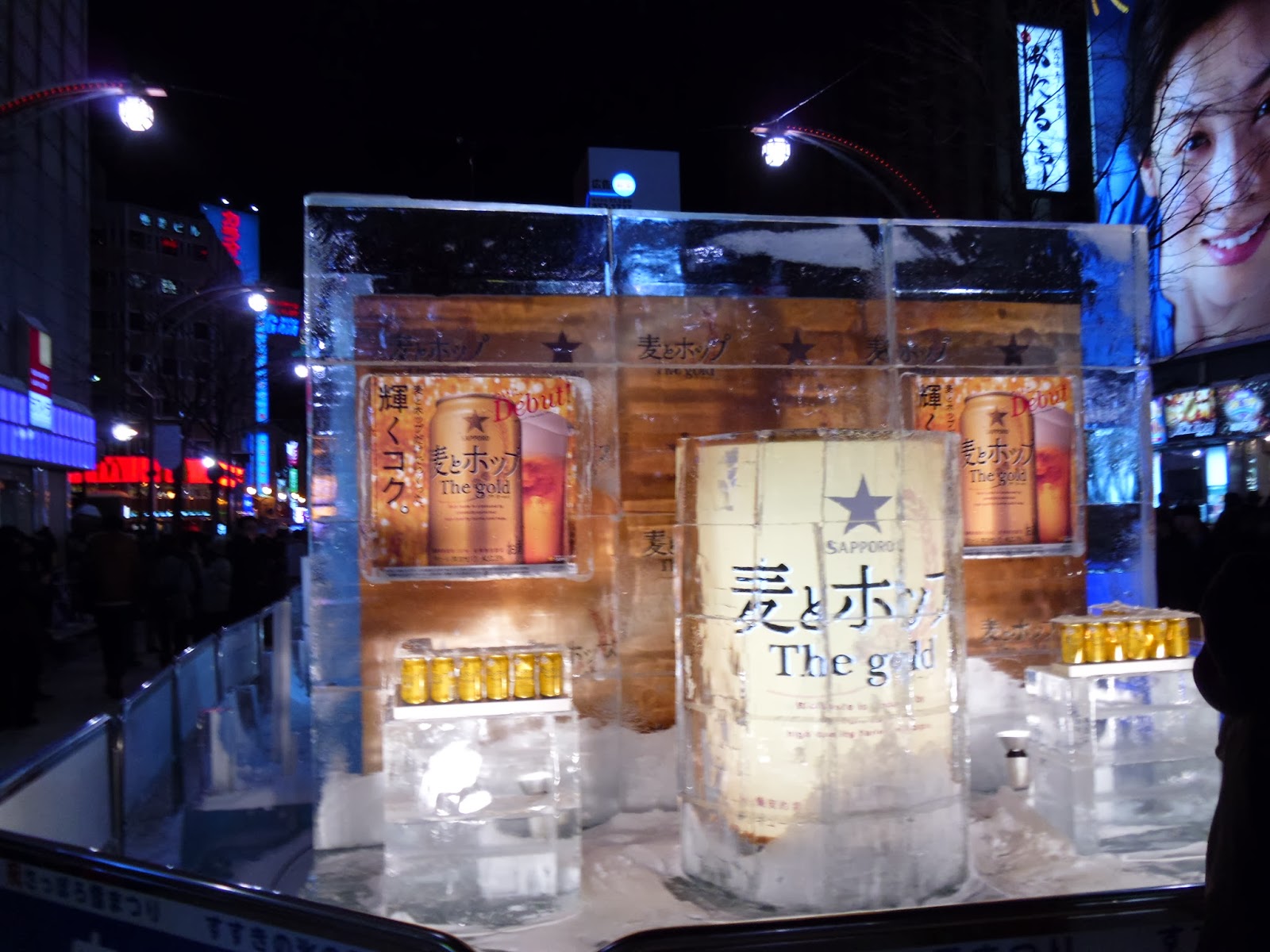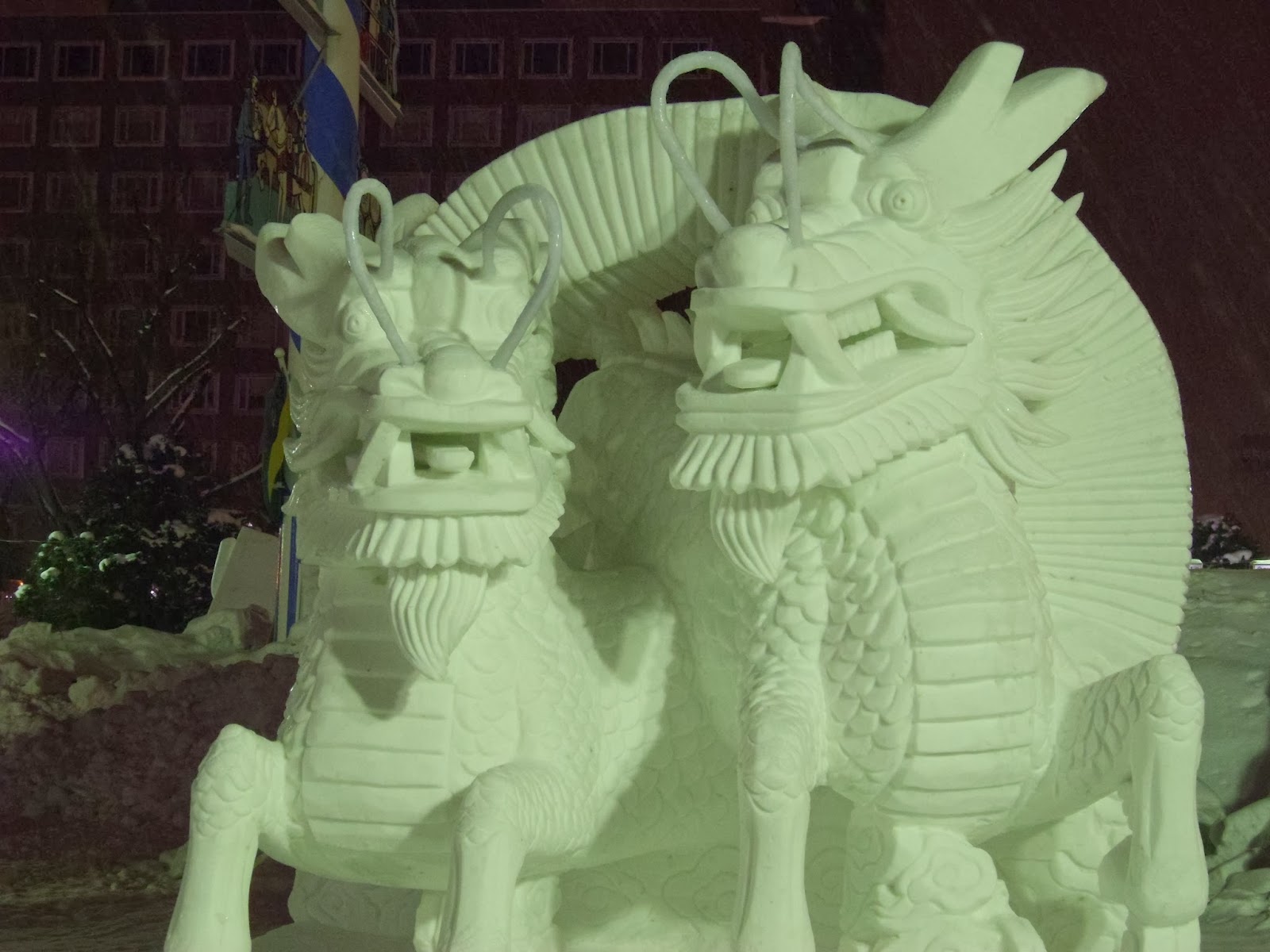It's been officially one month since I left little Yakage for the big city of Bandung. Things probably couldn't be anymore different. Yakage had a population of 15,000ish while Bandung is over 8 million. When I went off to Japan last year there was nothing too hard about the idea of living in Japan for a year. I had been there before after all and knew enough of the language to make sure I would never be in dire straits. Now I'm here in Indonesia and there already have been some
A few notable changes:
I've traded in my little bicycle of Yakage for a motorcycle. When I first arrived in Bandung, I was amazed to see so many of them. I'm fairly certain that everyone learns to ride one and eventually some people make the switch to a car. But it seems that most of the vehicles on the road are motorcycles. I cry a little inside when I think of all the pollution these things are causing, but at the same time I love riding on one. Hopefully one day I'll get some good footage of riding through the Bandung traffic on my way to work.
 Speaking of traffic, navigating through Bandung seems to be really chaotic at first. As you pull up next to a car you'll see a motorcycle dart in from the other side to get in front of you. Bikes are constantly doing this weaving game through the cars. So far I haven't seen this cause any problems and all I can attribute to this is that everyone is used to this ordered chaos. It's predictable so everyone knows what should happen. It becomes dangerous when you start driving cautiously.
Speaking of traffic, navigating through Bandung seems to be really chaotic at first. As you pull up next to a car you'll see a motorcycle dart in from the other side to get in front of you. Bikes are constantly doing this weaving game through the cars. So far I haven't seen this cause any problems and all I can attribute to this is that everyone is used to this ordered chaos. It's predictable so everyone knows what should happen. It becomes dangerous when you start driving cautiously. Another major change has been living in a Muslim country. Indonesia is the largest Muslim country in the world by population and you see it everywhere. My first week of living in my new house found me waking up at around 4:30, possibly earlier, in the morning to a mosque blaring it's call to morning prayer through the neighborhood loudspeakers. Also, you won't find any pork here. Beer is also hard to come by and liquor even more so.
Another major change has been living in a Muslim country. Indonesia is the largest Muslim country in the world by population and you see it everywhere. My first week of living in my new house found me waking up at around 4:30, possibly earlier, in the morning to a mosque blaring it's call to morning prayer through the neighborhood loudspeakers. Also, you won't find any pork here. Beer is also hard to come by and liquor even more so.
But despite some of those drawbacks, living here is a sweet deal. For just $2,000 I've rented a nice sized house for a year with a nice view over the valley of my little village on the outskirts of the city. For an additional $40 a month I have a helper come 3 times a week to do my laundry and clean my house. I leave for work around 11:30 in the morning and start teaching at around 3 pm. And I'm happy that I actually get to do some real teaching. So long story short, the two experiences in Japan and Indonesia couldn't be farther apart from each other right now

































